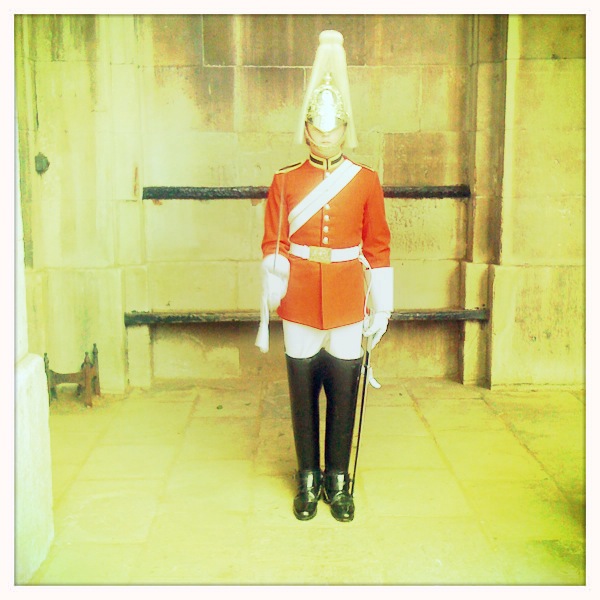
A lot can be said for body language. Cheryl Cole vs. Paula Abdul, Brad vs. Angelina, the public’s interpretation of a single photo can speak many words beyond those doled out by the adjacent print. Shifting to President Obama’s recent visit to the UK, we witnessed no shortage of media coverage – and the medium I found myself consuming most was strangely: Television (albeit with no sound).
With the benefit of sound or not, seeing “The Beast” from a helicopter’s point of view as it swerved through Green Park conjured up more a CCTV / OJ Simpson type feeling than anything else. However, once displaced from the protection of the limo, Obama stood tall, his movements calm and natural. As words escaped his mouth his lips moved slowly in tandem, and his gaze focused firmly ahead and sometimes above (seemingly to us in the distance) – his message reaching out to the masses.
As he addressed the Great Hall of Westminster, Obama appeared humble yet dominant. His slow speech exuded authority as Peter Collett explains because, “It’s ‘only the powerful who have the confidence to keep their audience in suspense.” A physical trait like a large chin (which Obama thankfully possesses) can also be connected to larger levels of testosterone and translate to being perceived as having greater leadership ability.
So what do we take away from all of this? Being tall, having a pronounced chin, steadily speaking slowly, (and being the President of the United States) is all fine and dandy – but it’s what we can learn from understated body movements that can help us really understand people. Certainly, if we jump to our micro-expressions and watch enough episodes of Lie to Me – we might all just become experts.
